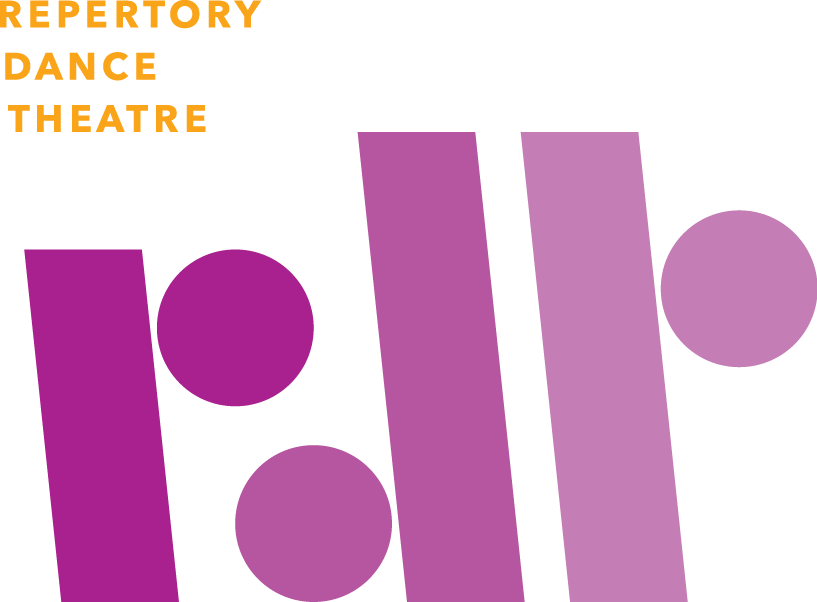Explore and experience how describing words can change how a movement can look and feel.
Learning Objectives/Goals
To experience kinesthetically verbs and adverbs and discover the differences in “how” a movement can be performed and felt in the body. To provide students with an experience of learning language arts curriculum using their bodies.
Language Objectives: To practice using describing words to enhance creativity, Dance vocabulary: pattern, locomotor movements, levels, speed, direction, actions, choreography
Materials Needed
Verb List, Adverb List, Music, Drum
Assessment
Before: Prep movement cards, music, instrument; send pre-movement class materials; ask students review questions or questions about material for lesson if is the first lesson
During: Use questions during instruction to assess students’ progress and retention of ideas. Also, use first drafts of creative problems to allow for feedback from teacher and students and time to revise.
After: Ask direct questions in relation to the material covered during class, offer ideas of how to expand the exercise to teachers/students, encourage further exploration in the classroom
Lesson Structure and Procedure
- Begin with an introduction of teacher, an explanation of goals of the class (good listening, follow directions, be creative, be active), set space boundaries, an introduction of the drum and game of “drum says”, like Simon Says, about following directions and starting to move.
- Spread out in the space and begin the warm-up section. Using verbs (locomotor movements) to move through the space, exploring different levels (high, medium, and low), different speeds (fast, slow and medium) and different directions (forward, sideways and backwards). Some examples include: crawl, hop, gallop, leap, etc.
- Introduce the word Freeze between verbs and emphasize the difference between a frozen shape and movement. Have them practice and hold their frozen shape for 10 seconds or longer.
- Introduce the idea of describing words through questioning the students. Give a definition of an adverb and adjective. What are the differences? Use adverbs to introduce the idea of a describing word telling us “how” the movement will look. Practice with the verb, walk. Give the students some adverbs describing how to walk. For example: walking awkwardly, walking slowly, walking creatively, etc. Have them experiment with many contrasting ways to walk. Emphasize the movement must stay a walk, but How they walk can change.
- Introduce the concept of patterns. Using just verbs create a pattern with the students (skip, run, roll). Have them perform it, then add some adverbs (skip joyfully, run slowly, roll sadly). Have them perform it again and notice the difference.
- Place the students in small groups. Have them come up with their own verb patterns. Perform those for one another. Then, either, give the students some adverbs to add to their verb pattern or have them come up with their own adverbs or select adverbs from a hat. Perform the pattern again with the addition of the adverbs and notice the difference between the first version and the second version.
Extension to the Lesson
If there is additional time, add a pathway to the pattern. Have students select a straight, curving or zigzag pathway to their pattern or a combination of these. Students could also plan a path in the space, drawing the path out on paper and then putting their pattern on the path.
Follow-Up Activities
Use describing words to change the energy of any movement sequence. A great tool for choreography and to generate new ideas.

